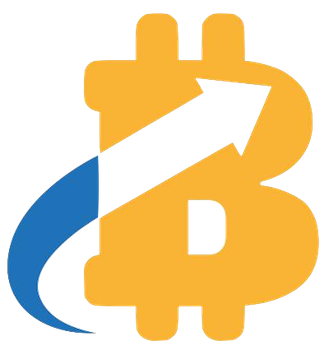In the rapidly evolving world of blockchain technology, regulation continues to cast a long shadow. Recent statements from SEC Commissioner Hester Peirce reveal an ongoing tension surrounding layer-2 solutions—particularly those that incorporate centralized matching engines. While blockchain advocates celebrate the promise of decentralization, regulators are scrutinizing how these protocols are operated and who controls them. This discourse isn’t merely bureaucratic; it strikes at the core of how innovation can thrive or be stifled in the digital economy. Peirce’s stance underscores a crucial point: genuine decentralization, which by definition resists regulatory oversight, remains vulnerable when layered with centralized components. Her warnings about layer-2 chains using matching engines controlled by single entities illuminate a fundamental regulatory dilemma—are these solutions safe havens for innovation, or potential catalysts for increased oversight and control?
Deconstructing the Centralization of Layer-2 Solutions
Layer-2 solutions have been lauded for scaling blockchain networks by moving transaction processing off-chain, but Peirce’s insight adds a worrying nuance. By centralizing transaction ordering within matching engines—essentially the backbone of many layer-2 chains—their operation veers away from the foundational principles of blockchain’s censorship resistance and distributed consensus. When a single entity can control transaction sequencing, the system begins to resemble a traditional exchange, inviting regulatory intervention. This shift from decentralization to centralization is subtle but impactful: it transforms protocols into entities that may fall under the ambit of securities laws. The SEC’s concern revolves around whether such operators are effectively functioning as unregistered securities exchanges, a classification that comes with significant legal obligations.
Balancing Innovation and Regulatory Oversight
Peirce’s nuanced stance advocates for a principle-based approach. She distinguishes between autonomous code and regulated entities, emphasizing that truly decentralized protocols—those that operate without a controlling party—deserve protection from onerous registration requirements. This is both pragmatic and necessary: if developers deploy immutable smart contracts on well-distributed networks, should they become subject to the same rules as centralized brokers or exchanges? Peirce’s argument leans toward safeguarding innovation and developer freedom, asserting that code, once live and decentralized, should be considered out of regulatory reach. However, she acknowledges the challenges posed by layer-2 solutions with centralized components, which could inadvertently or intentionally fall under existing securities legislation.
The MEV Dilemma: Innovation Versus Control
A core issue complicating this landscape is the phenomenon of Maximum Extractable Value (MEV). MEV refers to the ability of miners or validators to reorder transactions to maximize profits—often at the expense of fair trading. Centralized sequencers or matching engines can mitigate some issues like front-running, but at the cost of concentrating power. While this could improve retail experiences, it raises questions about regulatory compliance, especially when tokenized securities are involved. The tension manifests in whether the control of transaction ordering—an inherently centralized act—renders a protocol a securities intermediary. This regulatory gray area presents a significant challenge: should the community focus on developing solutions that preserve decentralization and prevent regulatory pitfalls, or accept the encroaching control of centralized entities?
Charting a Future Without Overreach
Ultimately, the debate encapsulates a broader philosophical question: how do we foster innovation without inviting regulatory overreach that can hamper the very advancements blockchain promises? Peirce’s approach advocates for clear boundaries—protecting the development of autonomous smart contracts and pushing regulators to distinguish between code and controlled entities. Her call for principles-based regulation suggests a middle ground: regulations should be aligned with the degree of centralization and control, not the underlying technology itself. This balance—supporting decentralized innovation while regulating centralized actors—is essential for maintaining a thriving, forward-looking blockchain ecosystem that respects property rights, incentivizes development, and prevents regulatory overreach.



















Leave a Reply